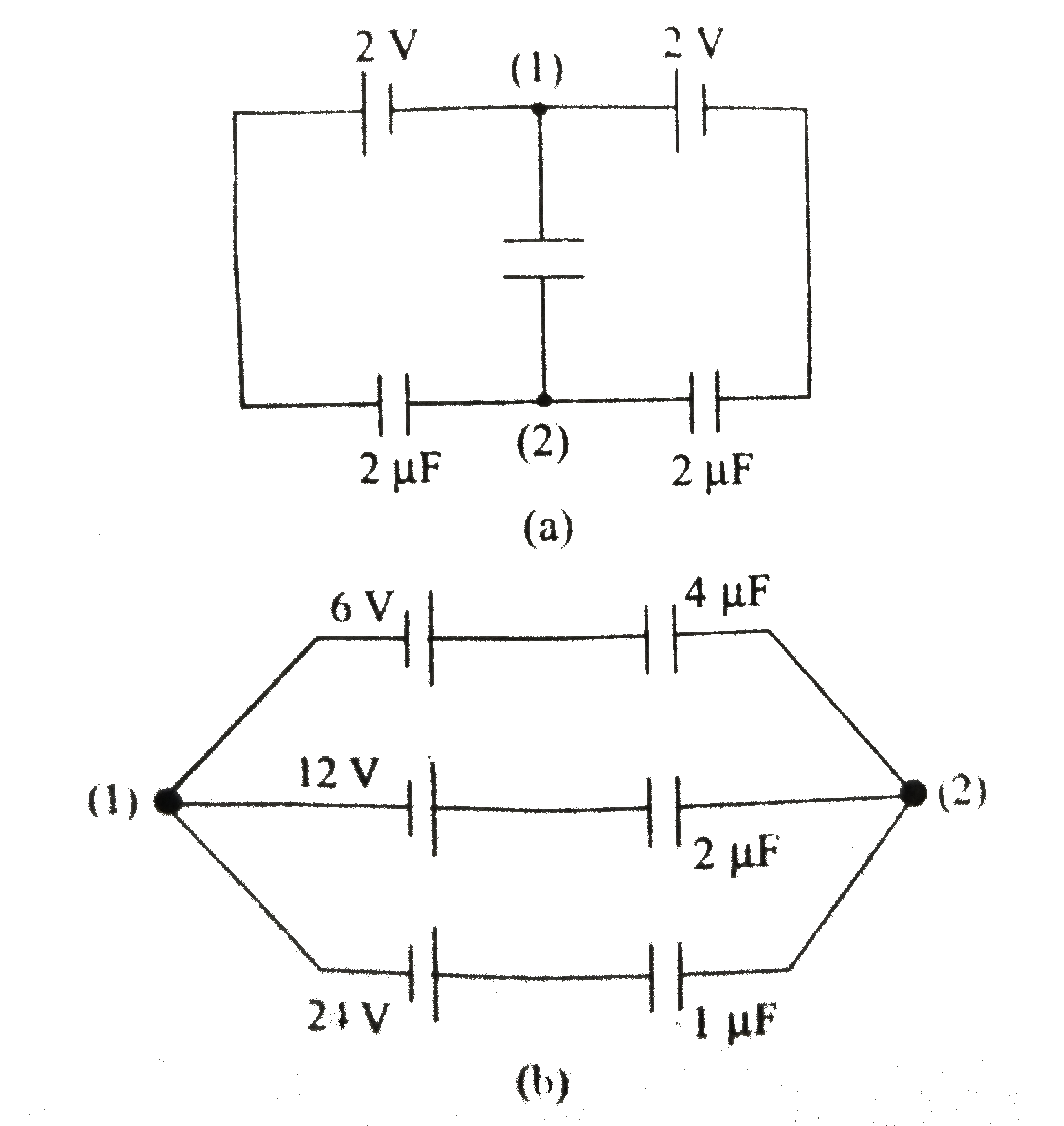Find the potential difference Va−Vb between the points a and b shown in each part of the figure.
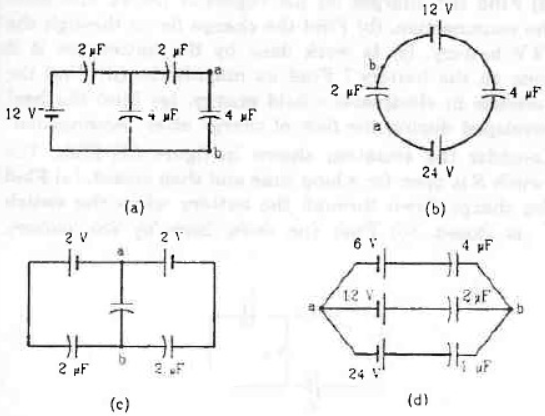
Video Solution
Text Solution
(a) q=q1+q2
using kirchoff law in 3 and 4
q22+q24−q14=0
⇒2q2+q2−q1=0
⇒ 3 q-2 = q_1<br>Inl∞p1234, q / 2 + q_1 / 4 -12 = 0<br>rArr 2 q_1 + 2 q_2 + q_1 = 48 <br>Fromequation(ii)and(iii)<br> 3.3 q-2 +2 q_2 = 48 <br>11q2=48∴q2=4811
∴Va−Vb=q24mF=4844=1211
(b) Let the charge in the loop
q2+q4−24+12=0 (fig)
3q4=12
q=16columb
Va−Vb=−q2μ
=−162μF=−8V ( c)
VA−VB=2−2−q2μF
In the loop
2+2−q2−q2=0
or q=4columb
∴VA−VB=2−42=2−2=0vo<.
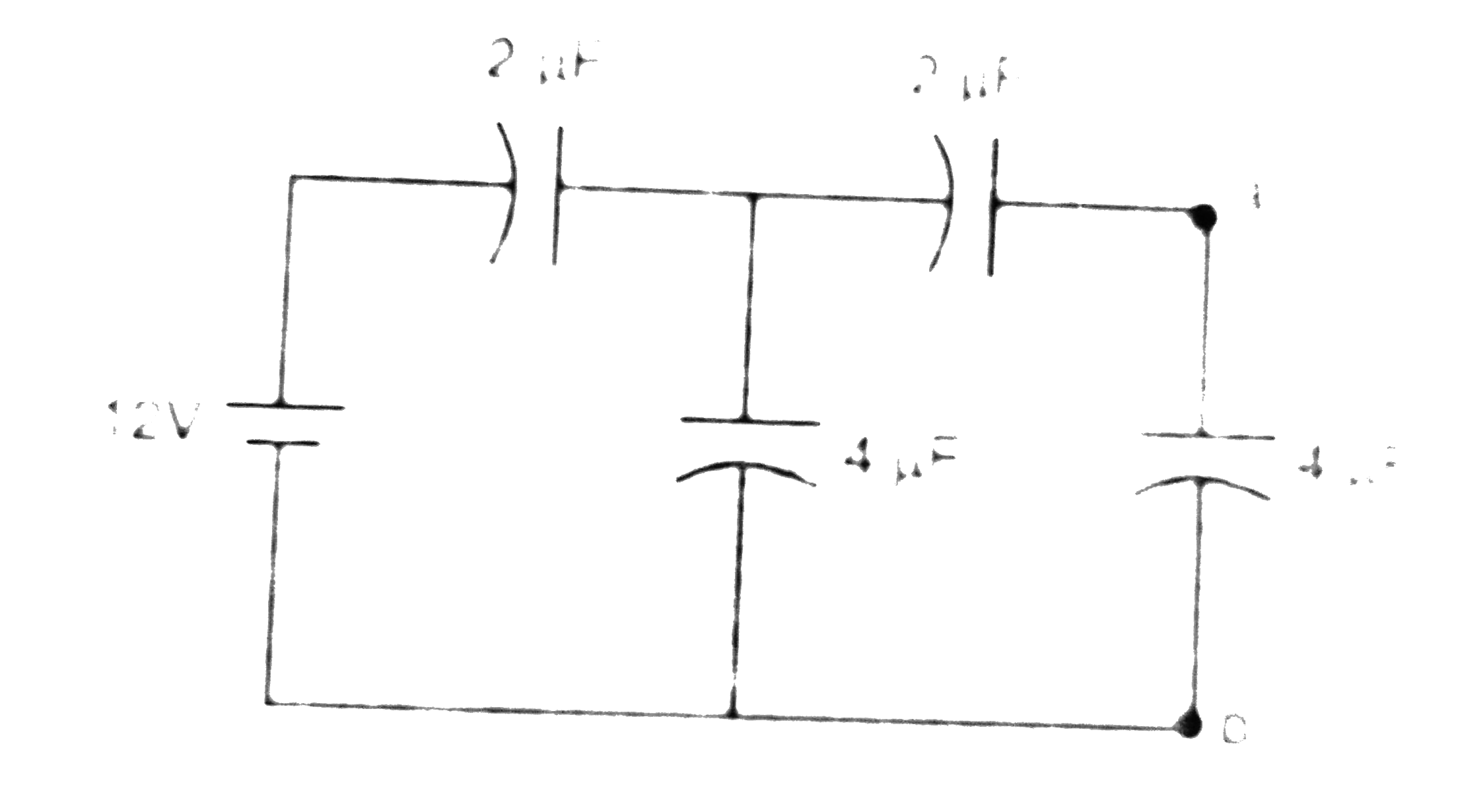 ,
,
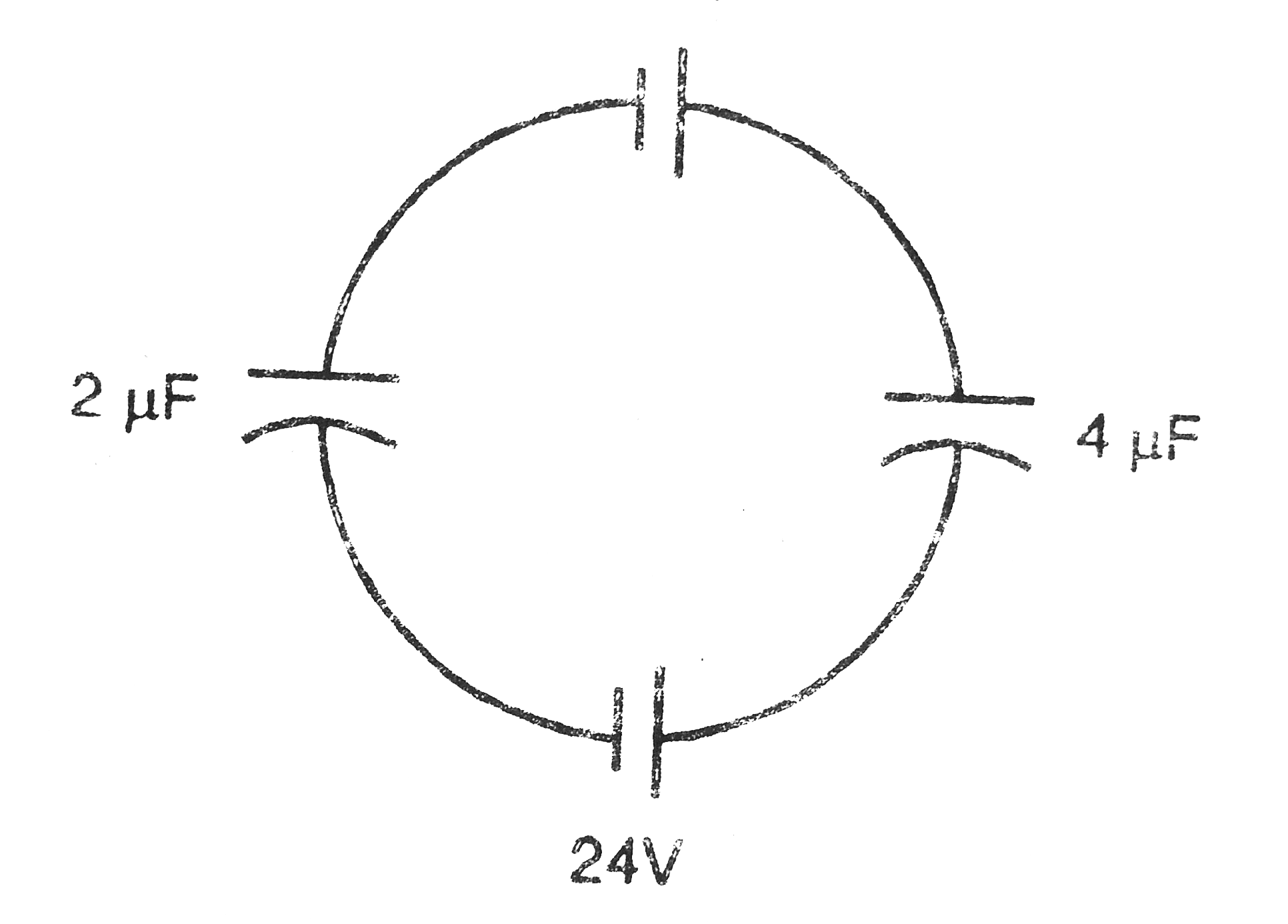

|
Topper's Solved these Questions
- CAPACITORSBOOK - HC VERMACHAPTER - CAPACITORSEXERCISE - Exercise
2 Videos
- CAPACITORSBOOK - HC VERMACHAPTER - CAPACITORSEXERCISE - Objective 2
7 Videos
- BOHR'S MODEL AND PHYSICS OF THE ATOMBOOK - HC VERMACHAPTER - BOHR'S MODEL AND PHYSICS OF THE ATOMEXERCISE - Exercises
46 Videos
- DISPERSION AND SPECTRABOOK - HC VERMACHAPTER - DISPERSION AND SPECTRAEXERCISE - Exercises
11 Videos
Similar Questions
Knowledge Check
The potential difference (VA−VB) between the point A and B as shown in the figure is
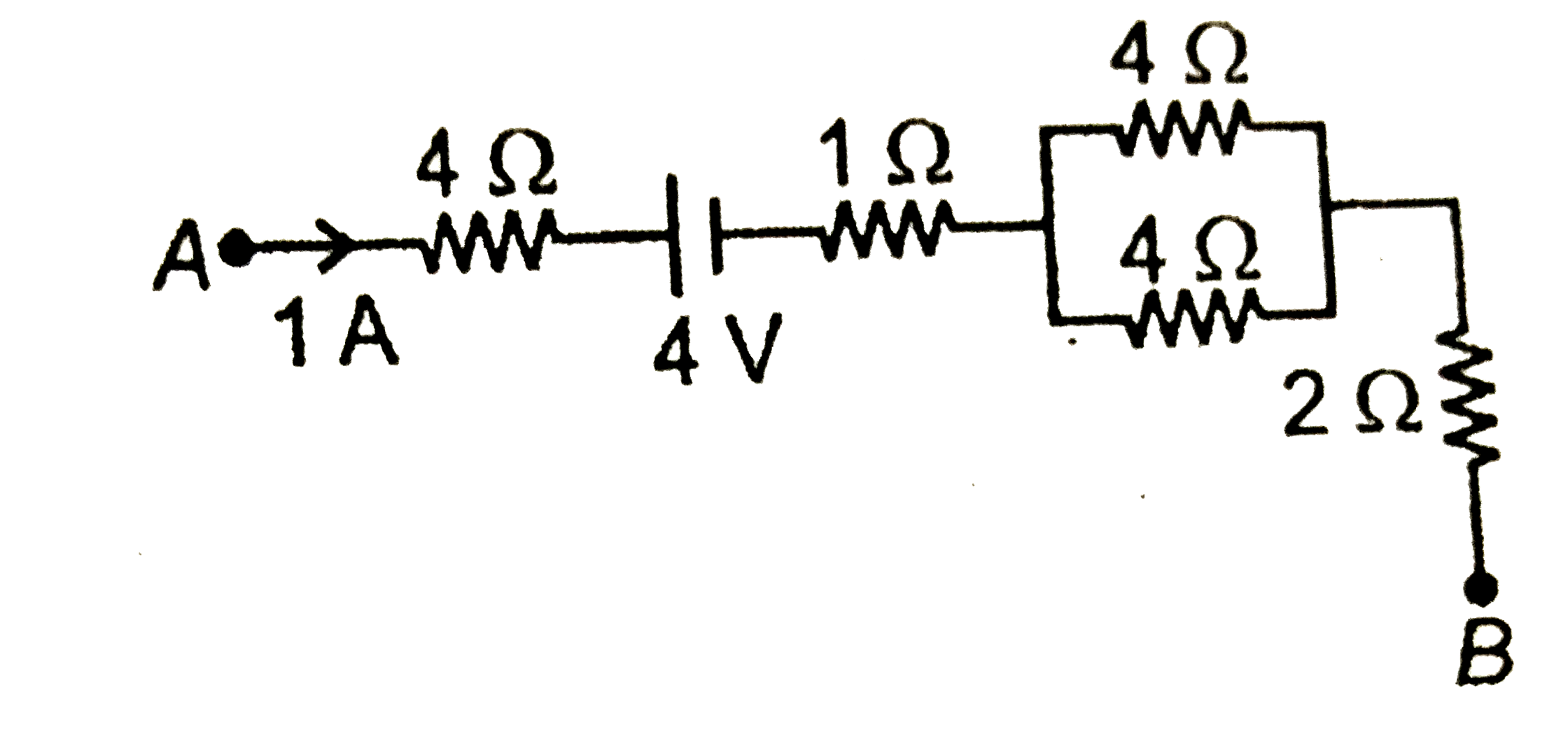 A9VB8VC15VD13V
A9VB8VC15VD13VThe potential difference between points a and b of circuits shown in figure is
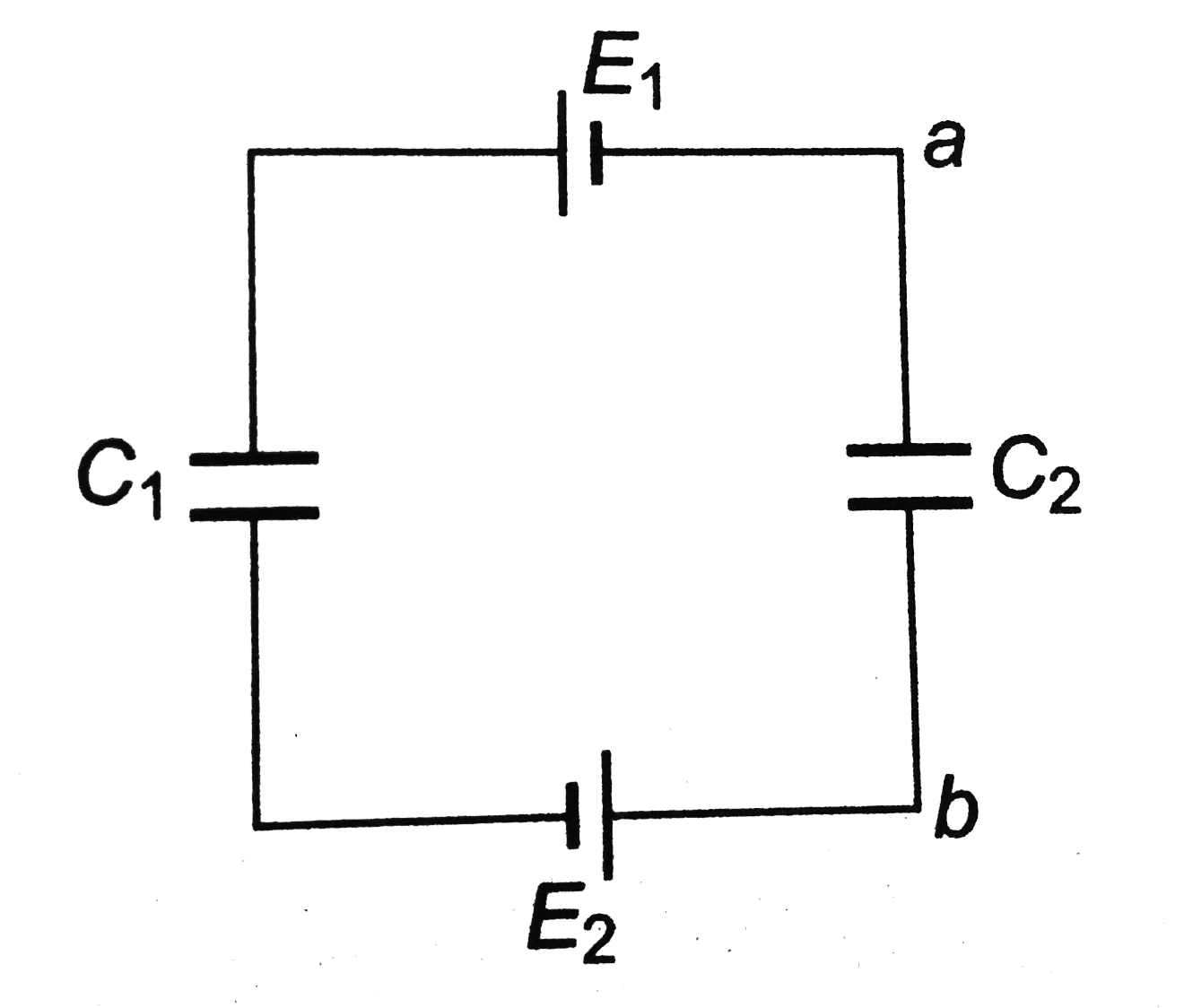 A(E1+E2C1+C2)C2B(E2−E2C1+C2)C2C(E1+E2C1+C2)C1D(E1−E2C1+C2)C1
A(E1+E2C1+C2)C2B(E2−E2C1+C2)C2C(E1+E2C1+C2)C1D(E1−E2C1+C2)C1
Find the potential difference (inV) between points A and B shown in the circuit.
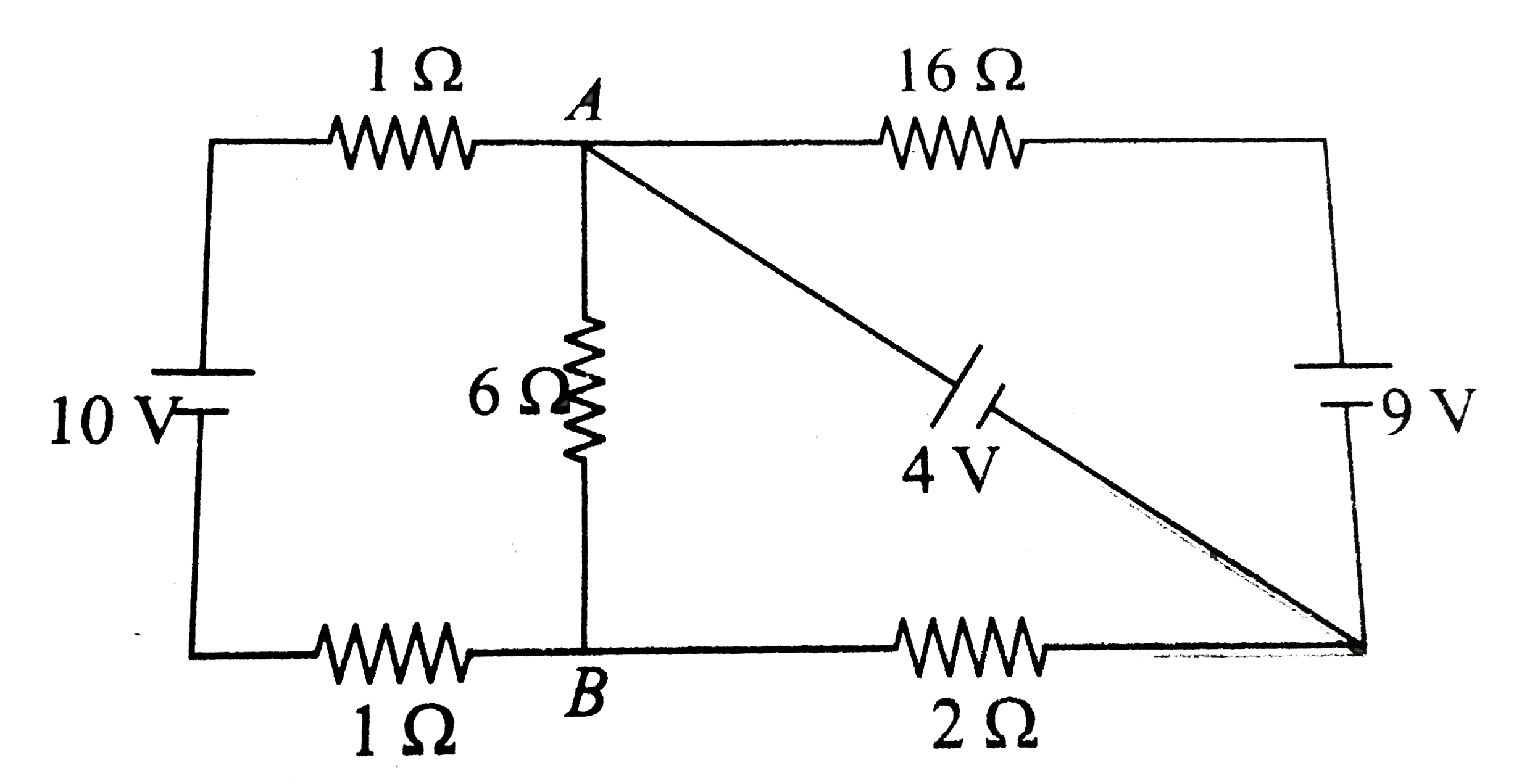
View SolutionThe potential difference (Vp−VQ) between the points P and Q in the part of a circuit as shown in figure is
_PHY_E05_110_Q01.png)
View SolutionThe potential difference (VP−VQ) between the points P and Q in the part of a circuit as shown in figure is
_PHY_E05_026_Q01.png)
View SolutionFind the potential difference VA−VB between points A and B of the circuit shown in.
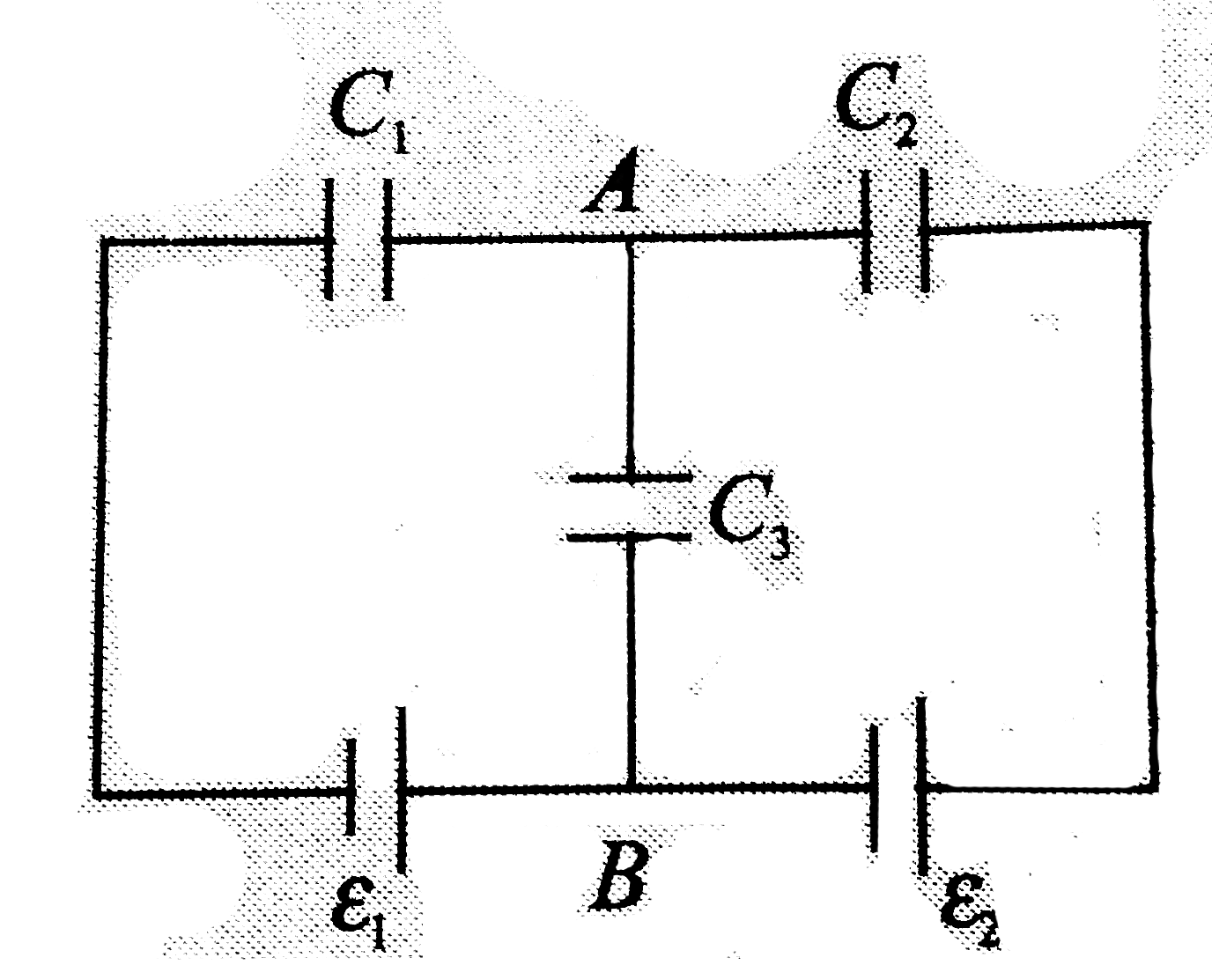 .
.
View SolutionThe potential difference (VA – VB) between the points A and B in the given figure is

View SolutionFind the potential difference between the points A and B and between the points B ans C of figure in steady state.
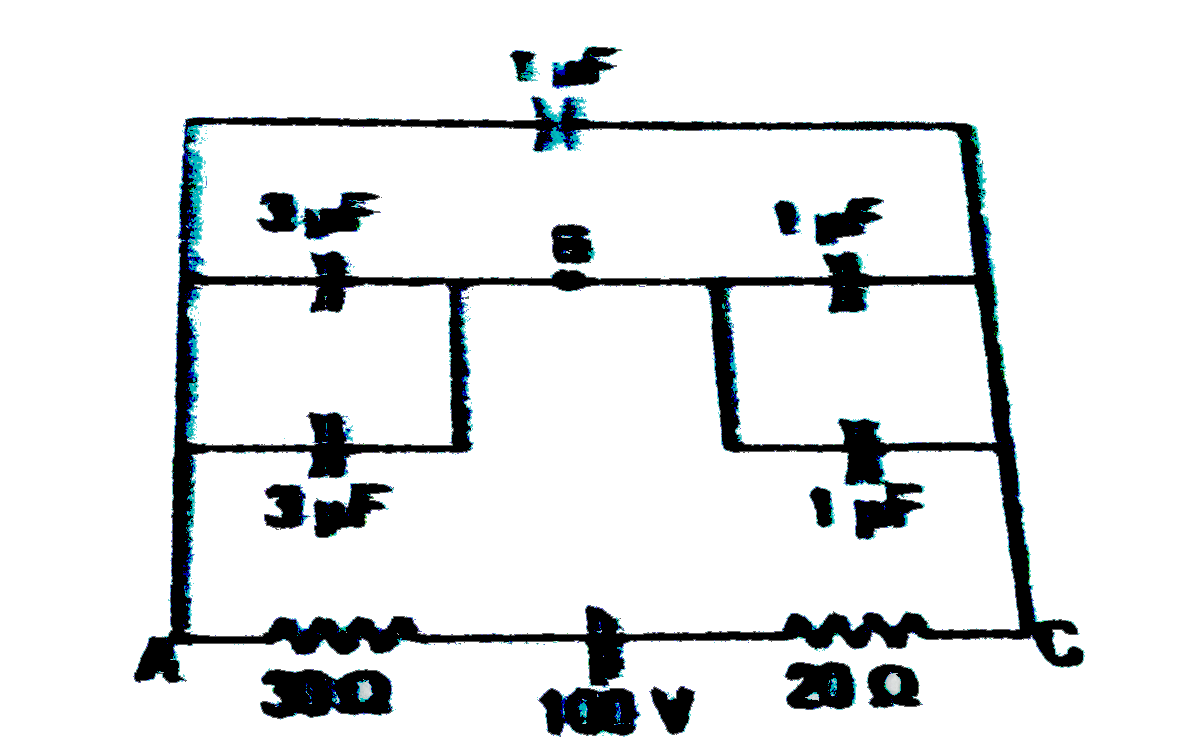
View Solution


